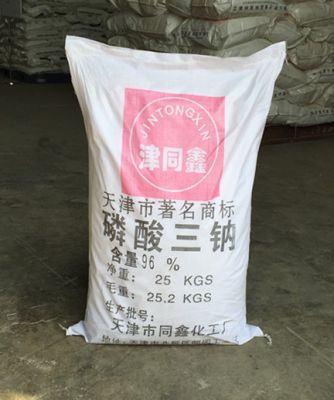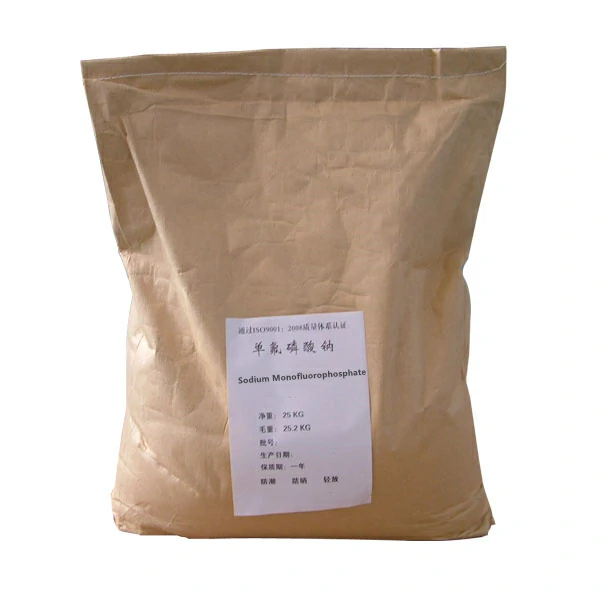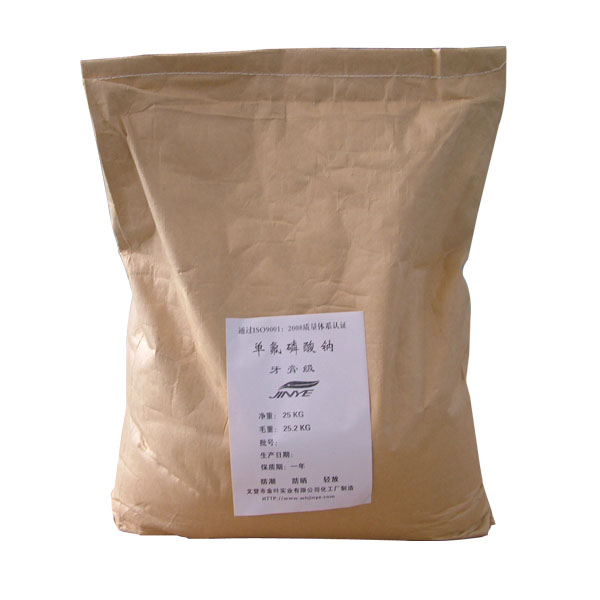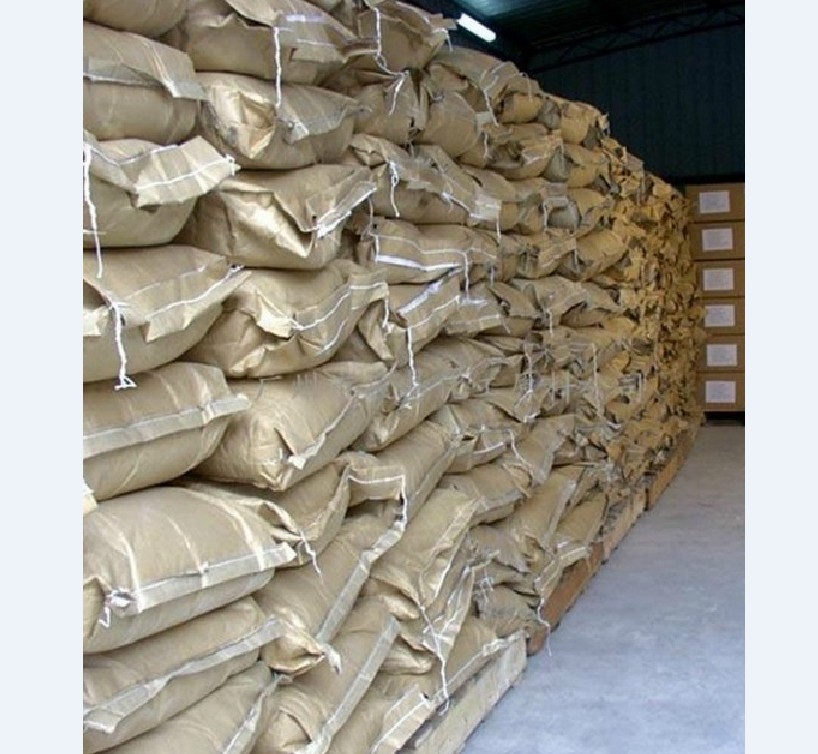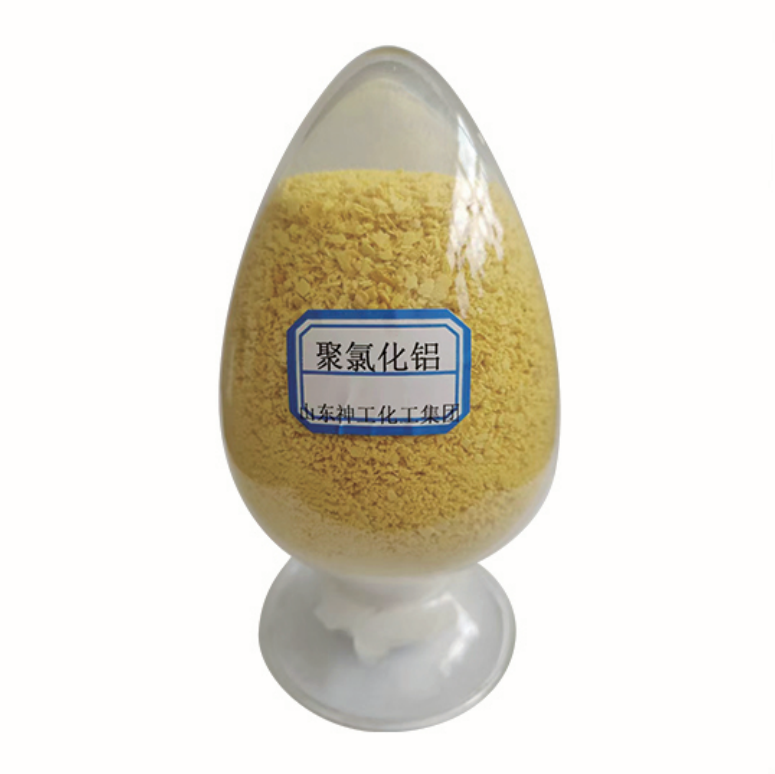Antioxidant
Other Auxiliary Agent
Petroleum Additives
Adsorbent
Water Treatment Chemicals
Rubber Additives
Adhesive Additives
Cross-Linking Agent
Flame Retardants
UV Absorbers
Organic Extractant
Resin Additives
Electronics Chemicals
Pesticide Additives
Building Chemicals
Plastic Additives
Oilfield Chemicals
Adhesive
Plastic Rubber Chemicals
Paper Additives
Molecular Sieve
Coating Additives
Textile Auxiliaries
Fluorescent Brightener
Polyethylene Glycol Derivatives
Coupling
Forest Chemicals
Leather Auxiliary Agents
Beneficiation Agents and Smelting Additives
Dye Auxiliaries
CAS:10049-21-5
Molecular Formula:H4NaO5P
Alias
More Information
Sodium Dihydrogen Phosphate Monohydrate; Monosodium Phosphate Monohydrate; Monohydratemonobasicsodium Phosphate; Sodium Dihydrogenphosphate Monohydrate
Brief Introduction
Used as buffer, water softener, determination of magnesium and preparation of improved white medium in haploid breeding
Suppliers
View More Vendors (2) >
CAS:101-77-9
Molecular Formula:C13H14N2
Alias
More Information
Curithane; Mda; Ancaminetl; Tonox 22; Benzenamine, 4,4'-Methylenebis-; 4,4'-Methylenedianiline; Tonox; Ht 972; Dadpm; Tonox R; Sumicurem; Bis-P-Aminophenylmethane; 4,4-Methylene Dianiline; Diamino Diphenyl Methane (DDM)
Brief Introduction
Used in the production of insulating materials, dyes, diisocyanates, polyurethane rubber, H-class adhesives, epoxy resin curing agent, etc; Epoxy resin curing agent, rubber antioxidant and antioxidant, intermediate for synthesis of MDI, also used for determination of tungsten and sulfate.
Suppliers
View More Vendors (2) >
CAS:10101-89-0
Molecular Formula:H24Na3O16P
Alias
More Information
Trisodium,Phosphate,Dodecahydrate; Sodium Phosphate,Tribasic Dodecahydrate; Sodium Phosphate Tribasic Dodecahydrate; Phosphoric Acid, Trisodium Salt, Dodecahydrate
Brief Introduction
Soft water treatment, daily chemical industry, electroplating phosphating, dyeing fixation, enamel melting and leather degreasing, etc.
Suppliers
View More Vendors (2) >
CAS:10163-15-2
Molecular Formula:FNa2O3P
Alias
More Information
Disodium Monofluorophosphate; MFP; Disodiumphosphorofluoridate; SMFP; Sodium Fluorophosphate; Sodium Phosphorofluoridate; Disodium Fluorophosphate; Sodiumfluorophosphate(Na2Po3F); Adenosine-5'-(Trihydrogen Pyrophosphate) Disodium Salt Hydrate; Adp Disodium Salt Hydrate; Disodium 5'-Adp Hydrate; Disodium Adp Hydrate
Brief Introduction
Sodium monofluorophosphate is a white powdery solid, easily soluble in water, with strong hygroscopicity. Its solubility in water at 25 ℃ is 42%, without corrosion. The pH value of 2% aqueous solution is 6.5-8.0. When boiling, the aqueous solution hydrolyzes slowly, which leads to the decrease of bound fluorine and the increase of free fluorine, so the purity is reduced. This product is mainly used as an anti caries agent and desensitizer instead of sodium fluoride in toothpaste formulation. It is also used to clean metal surface and as a flux. It can also be used to make special glass.
Suppliers
View More Vendors (2) >
CAS:101707-17-9
Molecular Formula:Al2ClH5O5
Alias
More Information
Poly Aluminum Chloride; Aluminum Chlorohydrate; Poly Aluminium Chloride; Polyaluminum Chloride; Pac
Brief Introduction
The flocculation of poly (synthetic) aluminum chloride is shown as follows:
a. Strong electroneutralization of colloidal substances in water.
b. The hydrolysate has excellent bridging adsorption on suspended solids in water.
c. Selective adsorption of soluble substances.
Suppliers
View More Vendors (2) >
Inquiry (
10
/ 10
)
Clear All
Sign In
Error!



